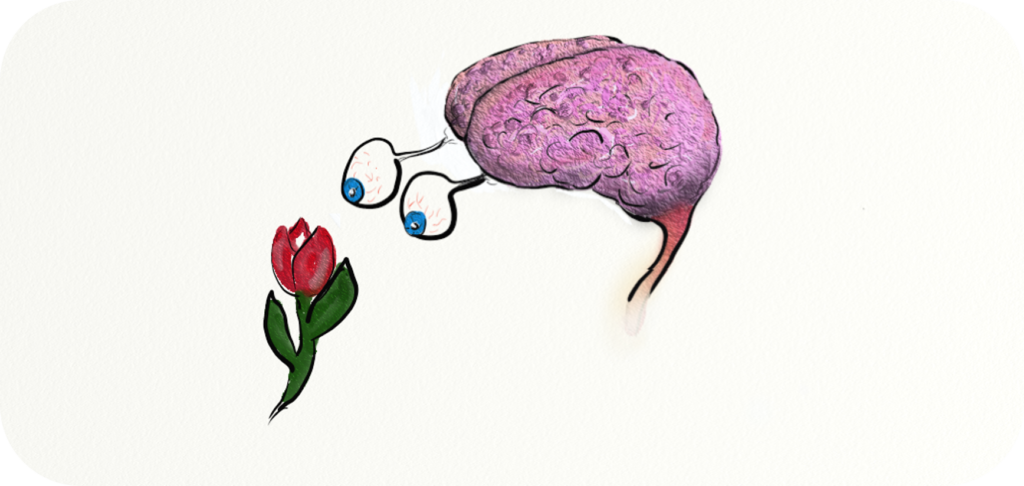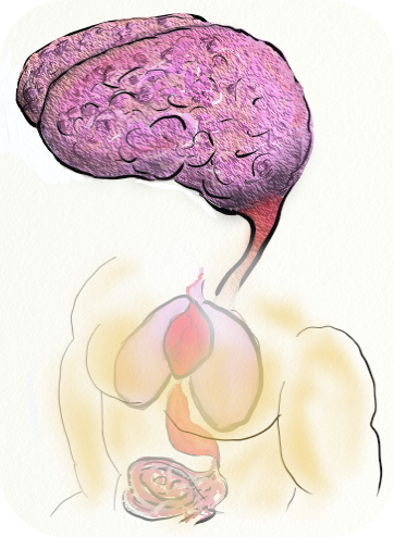Improve Leadership Skills with better Understanding of Emotions in Seven Easy Steps
To be better leaders, we must better respond to emotions, our own as well as those of others. Effective leaders motivate us to push beyond our limits achieving more than we believed was possible. Ineffective leaders demoralize us and provoke us to leave the company. Courageous leaders encourage us to move ahead despite our fears. Despotic leaders seek to control us by fueling our fears. The best leadership inspire the heart, the worst rob us of our dreams and crush our hopes. Whether for good or bad, shaping emotions is foundational to impactful leadership.
Some of us are in tune with emotions while others are tone deaf. Where do you fall on the emotional intelligence spectrum? Are you in control or do your emotions control you? Can others hijack your emotions? Do you manipulate the emotions of others? To understand the source of emotions and how to interpret them let us take a quiz:
What are these?

These are four lines. It could be a fence, or it could mean it is Thursday if you are counting down the days till the weekend. However, these lines probably are not that significant to you as they are just four lines.
Now, how about this?

Another four lines, this time they are stacked vertically.
It could be your escape route if you are planning on starting the weekend early. More than likely, these lines probably have less meaning than the first set of lines.
Now, consider these four lines.

It is the letter ‘E’! We all know about the letter ‘E’. It is the fifth letter of the English alphabet, the first letter on your typical eye chart, and what you may scream if you see a big hairy spider in the bathroom first thing in the morning.
Now, let us do one more. What do these four lines mean?

Simply rearranging the four lines changes their significance from meaningless to a profound philosophical question! WOW!
In reality, they still are simply four lines. In and of themselves, they have no inherent meaning. Your brain assigns meaning as you look at them and decide what they mean. Look again at the four vertical lines. A friend of mine saw them and asserted, “15.” What? He said, “1111 = 15 in binary code.” Different people will assign different meaning depending on their training, experience, and cultural frame of reference.
So, what does this have to do with emotions? EVERYTHING!

Your brain is about 3 pounds of tissue stored in a custom-built lightproof container. It only perceives and interprets signals received through its sensory organs—eyes, ears, taste, smell, and touch. The brain interprets these signals and assigns meaning and significance. It is continuously creating and reacting to its mental models of reality.

It can be argued that the primary function of our brains is to interpret inputs and predict the future so that our responses produce the best results. What if our interpretations are wrong? A fuel gauge stuck at half tank could leave you stranded or mistaking a snake for a garden hose can have dire consequences.
While our brain is busy detecting and interpreting things around us, it is also monitoring and responding to things going on inside us. This sensory detection is called interoception.
According to the STAR Institutes, “The Interoceptive system gives us the ability to feel what is happening inside our body. It has special nerve receptors all over our bodies including our internal organs, bones, muscles, and skin. These receptors send information to the brain which uses it to determine how we feel. The purpose of the interoceptive system is to help our bodies stay in a state of optimal balance known as homeostasis.” [1]
Some researchers believe that our perceptions of well-being, energy, and stress are based on sensations representing the physiological condition of our bodies. They suggest that interoception is a foundation subjective of feelings, emotion, and self-awareness.
But unlike vision, the interoception system is not as precise and detailed. How many times have you had a vague feeling or were not sure exactly how you were feeling?

The interoception system detects Pleasant vs. Unpleasant, and a need to act or to just relax and chill out. For example, if it is unpleasant, a call to action would be to feel fear or anger (fight or flight). Pleasant and action could be love or lust. Unpleasant and relaxing could be the monthly budget meeting.
Some researchers theorize that emotions help us survive by rapidly assigning significance, allowing us to react much quicker. That rustling in the underbrush which inspires us to run in fear may save us from a lion faster than analyzing all the possible alternatives. Once we have assigned a meaning and significance to the feeling, it becomes a habituated response. Birds take flight at startling noises. Your mood sours and your suspicions are aroused when your worst frenemy drops by for a ‘chat.’ Emotions are designed to allow us to respond quickly. Many of us make decisions based on our gut, but what if our interpretations are inaccurate, disproportional, or just plain wrong?
Conventional wisdom has us thinking that emotions ‘happen to us.’ In effect, we are victims when our strong emotions are unleashed. However, if we think about emotions in this new light, we gain the power to understand and shape our emotions in a way that is more empowering for us.
If our responses do not match the reality of the situation or when our emotions cloud our ability to listen with empathy and understand others, we become less effective and less in control.
Let us put this into action:
- Recognize that emotions are our response to how we understand and interpret the world and our relationship to it.
- Analyze your emotions, challenge them, and be aware of the habituated responses that may be stopping us from improving our relational outcomes.
- Accept that others are interpreting and responding based on their experiences and perceptions. What do people feel when they look up and see you?
- Pleasant or unpleasant
- A call to action or to relax
- If you want to change how people respond to you, work to change your interactions with them to align with your desired intent.
- Practice, practice, practice, and you will get better.
Reference:
1. https://www.spdstar.org/basic/your-8-senses & https://www.spdstar.org/sites/default/files/file-attachments/Interoception_Info_Sheet_7_17_0.pdf
For more information about emotions you may want to check out some of these resources:
